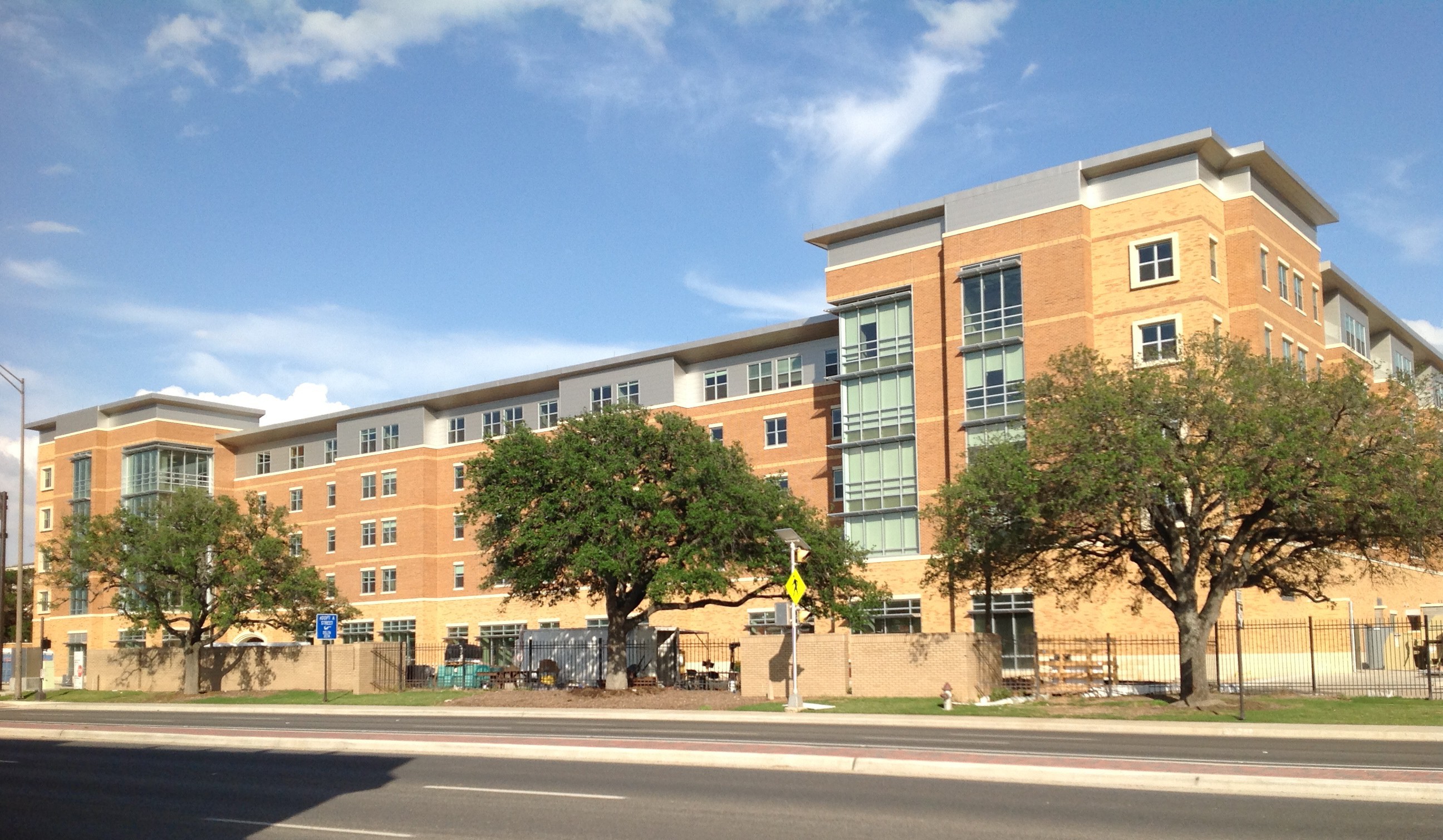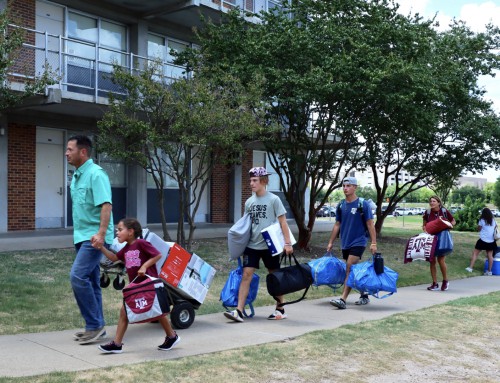
How do you assign more than 7,750 students into less than 7,450 residential spaces? That question gets much more complicated when you have to consider each student’s application date, gender, age, eligibility for participation in residential living learning communities, and preferences for roommate and room price. That’s the kind of challenge Residence Life has been accustomed to handling for decades. Normally the entire month of May is devoted to working through this complex puzzle for new housing applicants with the help of custom room assignment software. Res Life staff typically manually assign about 1,500 of the students who cannot be assigned automatically using the existing software.
However, a new Northside residence hall (pictured above) with about 640 spaces that offers a new concept in on-campus housing will open this fall. It also introduces new factors for the assignment process that go beyond what the existing software can accommodate. Residents can request any of four different room styles within the new hall.
For more than a year and a half, Res Life and Technology Services – Student Affairs have been working together to develop a completely new tool to replace the existing time-tested software. The ability to handle the new factors will be increasingly important as other new residence halls are built. The new tool also attempts to automatically assign most of the 1,500 special cases that were being manually assigned.
The project has not been without challenges. The task of fully rewriting any complex mature software will inevitably experience some bumps along the way. The original software developer who created the “black box” that magically assigned students based on a complex set of rules is no longer around Aggieland. However, Mark Mace, one of our application developers who has worked with Res Life for 12 years, was invaluable to helping decode the existing system and its business rules. He worked closely with the rest of the project team that engaged six other IT staff during most of the project. He made himself available on site to the Housing Assignment Office staff during most of the month of May while they put the new tool through its paces.
Using the new tool, assignment of new residents was completed a week earlier than usual. There’s still work to be done. There are still “overassignment” students without a room assignment, but Technology Services – Student Affairs remains committed to helping our customers harness technology to meet their business needs.
So how do you fit so many students into relatively few spaces? You can’t without changing the numbers. The solution involves both reducing the number of students as some will inevitably cancel their housing requests and increasing the number of available spaces as study lounges and other spaces are reconfigured with beds.




